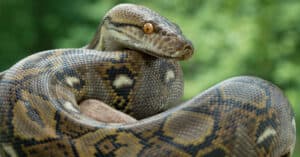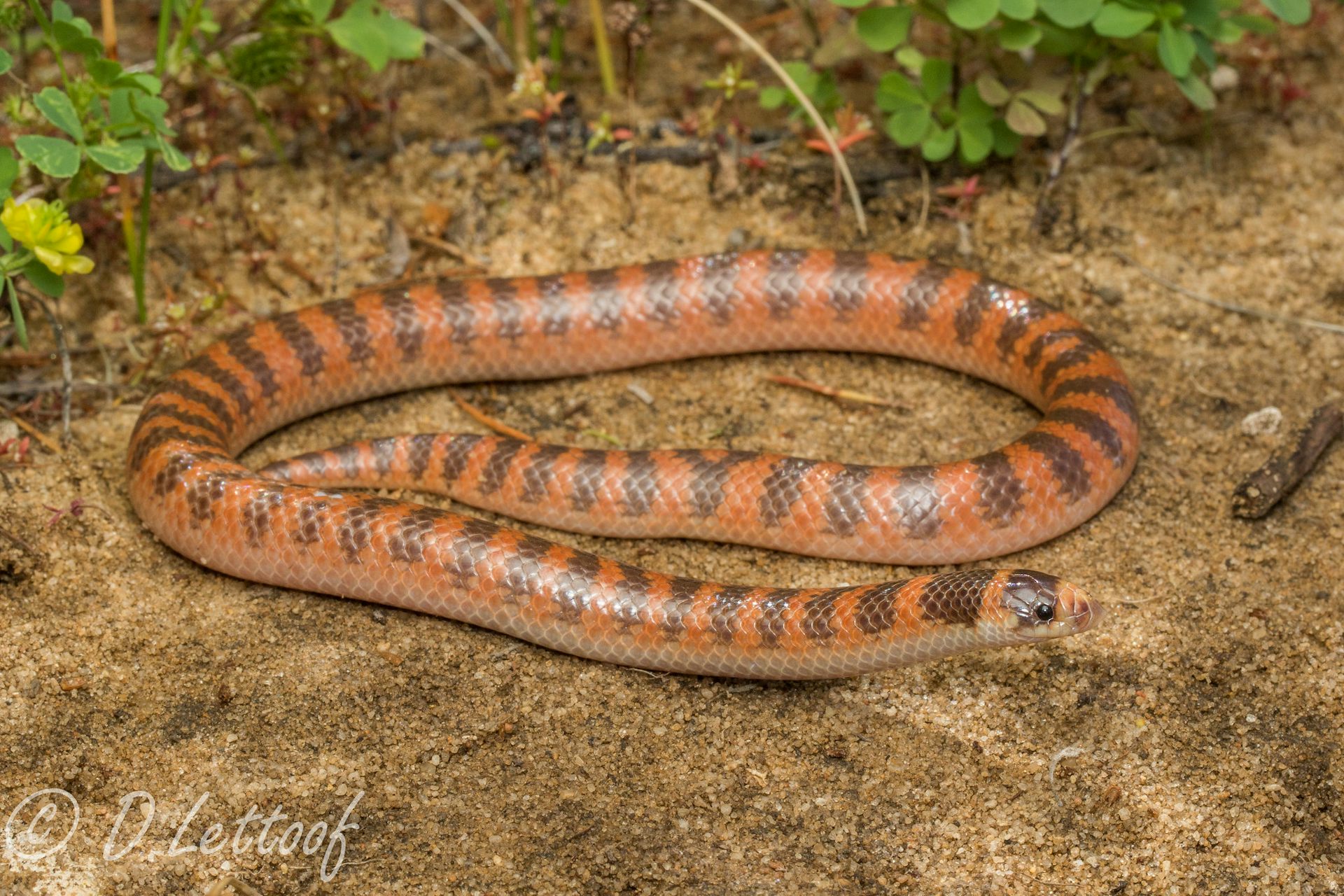Introduction
Australia is well known for its one-of-a-kind wildlife, including a diverse variety of venomous serpents. These animals, while often been afraid, play crucial functions in maintaining eco-friendly balance. Understanding the preservation of Australia's poisonous serpents and the duty that education and learning and awareness play can significantly improve our conjunction with these remarkable reptiles. This post explores numerous aspects of snake preservation, the value of public education and learning, and sensible first aid actions for snake bites.
Conservation of Australia's Venomous Snakes: The Role of Education and Awareness
In Australia, serpents are an important part of the ecosystem, regulating pest populaces and adding to biodiversity. Nonetheless, several types deal with threats because of environment loss, environment adjustment, and human activity. The conservation initiatives targeted at protecting these reptiles hinge considerably on education and learning and elevating recognition amongst the general public.
By educating individuals concerning serpent behavior, their ecological significance, and risk-free techniques for cohabiting with them, we can lower fear-driven actions that result in unnecessary murders or injuries. Educational initiatives help eliminate misconceptions bordering serpents-- such as the typical question: are tiger snakes venomous?-- and urge respect for their duty in nature.
The Value of Awareness Programs
Awareness programs are essential in transforming public assumptions concerning serpents. Numerous people see these reptiles as naturally harmful without recognizing their environmental duties. Public outreach initiatives can include workshops, neighborhood events, school programs, and info projects designed to inform individuals concerning:
- Identification of poisonous species: Understanding which serpents threaten assists individuals prevent encounters. Safe behaviors: Teaching individuals how to act around serpents can protect against bites. First aid knowledge: In instances where attacks do take place, being educated concerning emergency treatment for snake attacks can save lives.
By increasing awareness through structured education efforts, we can promote a society that values wild animals and concentrates on coexistence rather than fear.
Types of Venomous Snakes Established In Australia
Australia is home to several of the globe's most poisonous snakes. Below's a short overview:
Tiger Snake (Notechis scutatus)- Commonly discovered in seaside regions. Known for its potent neurotoxic venom. Frequently seen near water bodies.
- Highly aggressive with powerful venom. Responsible for even more snakebite fatalities than any type of various other varieties in Australia.
- Known for its ambush hunting style. Has swift striking speed with highly neurotoxic venom.
- One of Australia's largest poisonous snakes. Its bite can deliver big amounts of neurotoxin.
- Generally non-aggressive however still has harmful venom. Found primarily along the southwestern coast.
Understanding Their Habitats
Understanding tiger snake habitat is necessary for both conservation efforts and public safety. Tiger serpents grow in areas close to water resources such as swamps, lakes, and marshes yet they likewise live in seaside regions. Safeguarding these environments is vital for ensuring the survival of not only tiger serpents but likewise other wild animals within these ecosystems.
Habitat Security Initiatives
Various Deadliest Australian snakes companies work towards environment protection with initiatives such as:

- Establishing secured areas Restoring degraded habitats Promoting lasting land usage practices
These determines not just profit tiger serpents yet add to total biodiversity conservation.

The Function of Study in Conservation Efforts
Research plays a crucial role in comprehending snake populations and their health condition. Ongoing studies right into the ecology and behavior of Australian serpents notify preservation methods by offering information on populace numbers, breeding patterns, and dangers faced by different species.
Key Research Areas Include:
- Venom analysis Population dynamics Habitat preferences
This research can assist reliable management plans to shield prone types while facilitating coexistence with humans.
First Help for Snake Bites: Crucial Knowledge
One essential facet that intertwines with education is understanding what to do in instance one deals with a serpent bite-- a circumstance that requires prompt action skills.
What Every First Aid Kit Must Contain
A correct serpent Behavior of venomous snakes bite emergency treatment kit need to include:
- Compression bandages Sterile gauze pads Antiseptic wipes A splint or immobilization device Emergency call numbers
Step-by-Step Emergency treatment Treatment for Snake Bite
Remain calmness; try to restrict motion as it might spread out poison quickly. Apply a compression bandage above the bite website without removing circulation. Keep the bitten arm or leg debilitated at or below heart level. Seek emergency situation clinical aid immediately.Why Education and learning on Emergency treatment Is Crucial
Educating communities concerning emergency treatment steps makes certain prompt feedbacks throughout emergencies which can considerably decrease morbidity connected with serpent bites across Australia.
Frequently Asked Questions (Frequently asked questions)
1. Are tiger serpents venomous?
Yes! Tiger snakes are highly poisonous with neurotoxic effects which make prompt clinical therapy essential after a bite.
2. What must I do if bitten by a baby tiger snake?
Follow requirement emergency treatment treatments quickly-- keep one's cool, paralyze the limb, use stress above the bite website utilizing a plaster or towel without limiting blood circulation-- and look for medical aid without delay.
3. Exactly how common are serpent bites in Australia?
While data vary year-to-year due to elements like weather affecting serpent tasks; average records suggest around 300 situations yearly with deaths being reasonably unusual due to enhanced medical responses.

4. Can I treat a snake bite at home?
No! Home treatments such as applying ice or drawing out poison are inefficient; professional clinical attention is needed after any kind of believed bite incident.
5. What's unique concerning eastern brownish snakes?
They're understood for their aggressive nature combined with potent poison; they make up a lot of fatal bites in Australia due greatly to their distance to booming areas!
6. What are some typical indications following a snake bite?
Symptoms might consist of swelling around the bite area, pain at or near the site; systemic symptoms might entail nausea or difficulty taking a breath depending on toxic substance kind taken in into bloodstream!
Conclusion
Conservation efforts bordering Australian venemous serpents hinge on effective educational techniques that equip communities while fostering regard in the direction of these often-misunderstood creatures! By boosting understanding concerning their environmental relevance together First Aid with appropriate security procedures-- including first aid understanding-- we pave roads towards sustainable coexistence benefiting both human beings & & wildlife alike!
In essence-- the conversation bordering preservation must proceed flourishing via aggressive interaction marrying scientific research study together with community involvement making certain meaningful impact today & & tomorrow!